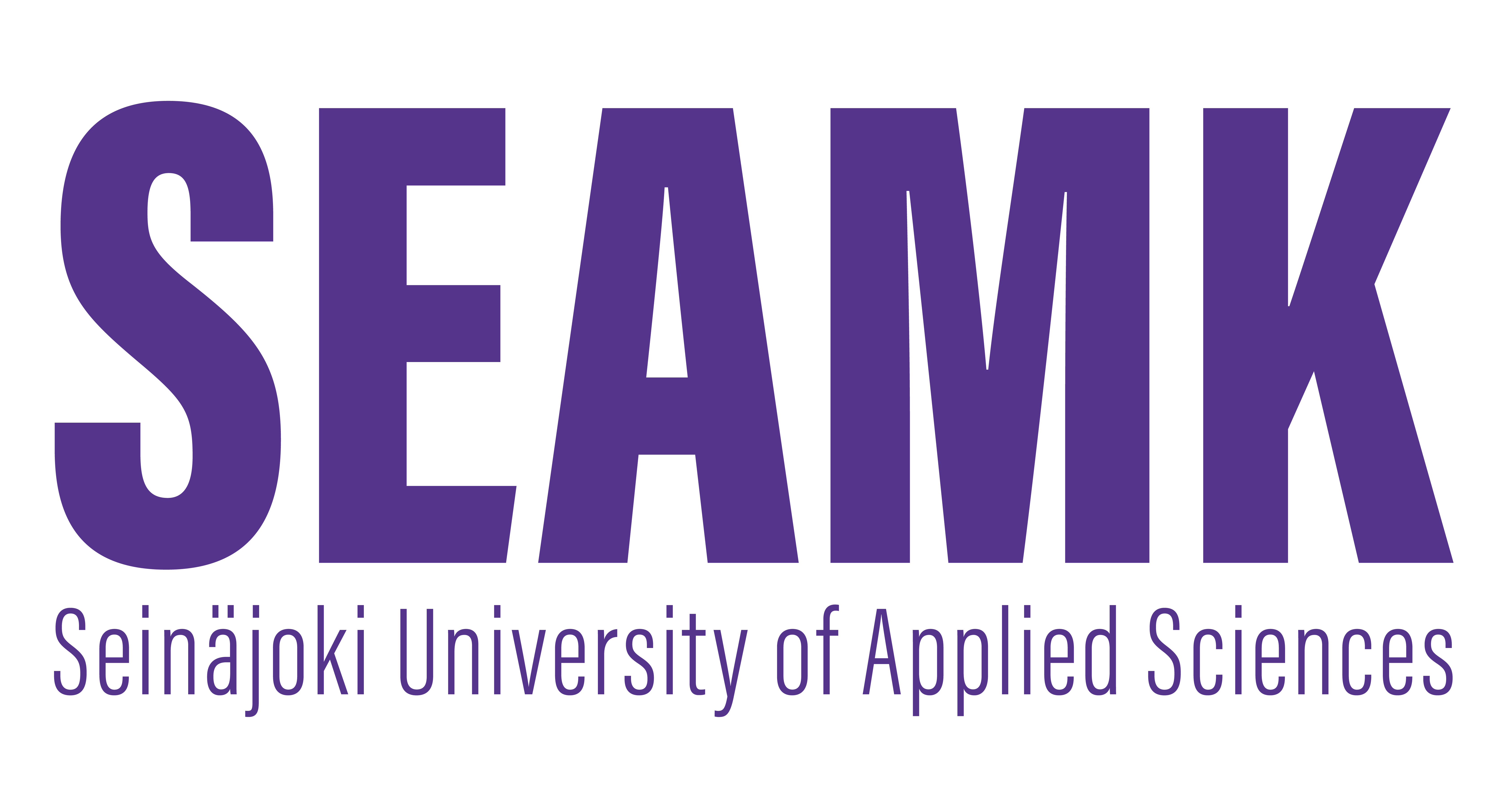Cultural Well-Being (3cr)
Code: 2B00DK59-3001
General information
- Enrollment
- 10.11.2025 - 18.02.2026
- Registration for the implementation has begun.
- Timing
- 02.03.2026 - 29.05.2026
- The implementation has not yet started.
- Number of ECTS credits allocated
- 3 cr
- Local portion
- 0 cr
- Virtual portion
- 3 cr
- Mode of delivery
- Distance learning
- Unit
- SeAMK Library and Information Services
- Campus
- SeAMK Seinäjoki, Frami
- Teaching languages
- Finnish
- Seats
- 10 - 40
- Degree programmes
- Bachelor of Culture and Arts, Cultural Management
- Bachelor of Business Administration, Library and Information Services
- Teachers
- Noora Kivimäki
- Satu Salmela
- Groups
-
KITI23Bachelor of Business Administration, Library and Information Services
- Course
- 2B00DK59
Evaluation scale
1-5
Objective
The student is able to:
- define the concept of cultural well-being as part of a larger reference framework (diversity and science perspective)
- identify the importance of culture as part of the promotion of well-being and health
- assess the importance of cultural well-being as a strengthening of community and inclusion
- designate applied art methods in the context of cultural well-being
- explain the importance of good literacy as a strengthening of human growth and cultural well-being, and as a promoter of social integration
Content
- The concepts and structures of cultural well-being
- Art-based methods and cultural well-being
- Customer orientation and sustainable development as a basis for cultural well-being
Location and time
The schedules for the scheduled online teaching can be found in the timetable at https://lukkarikone.seamk.fi/. Timetables are published for the next six weeks. The first six weeks of autumn are published by Midsummer and the first six weeks of spring by Christmas. Timetables may be subject to changes.
Materials
Study material given by teachers in the beginning of the course
Headphones and a webcam
Teaching methods
The study is conducted online in the Moodle learning environment.
The study requires participation in scheduled online teaching.
The recordings of the teaching sessions are not available for later viewing in Moodle.
The study includes joint online meetings and pair or group work.
The study also includes independent work online.
The student familiarizes themselves with the theoretical material, completes online assignments, practice project and exam according to the given instructions.
The study requires independent work and scheduling.
Employer connections
Guest lecturers
Exam schedules
Exam dates announced in the beginning of the course
Completion alternatives
-
Student workload
The workload of the study is designed so that one credit corresponds to an average of 27 hours of student work to achieve the learning objectives. The actual time required varies individually, e.g., due to prior knowledge.
Assessment criteria, satisfactory (1)
The student can describe the different uses and starting points of art with a few examples in promoting cultural well-being. The student recognizes the concept of applied art and knows how to name a few examples. The student is able to write descriptively about his art experience. The student recognizes the potential of good literacy as a supporter of cultural well-being.
Assessment criteria, good (3)
The student can describe the different uses and starting points of art with a few examples and can assess the importance of art in promoting cultural well-being. The student can present several possibilities for using applied art in different contexts. The student is able to write analytically about his art experience. The student can explain how good literacy strengthens cultural well-being.
Assessment criteria, excellent (5)
The student is able to describe the different uses and starting points of art in an analytical way with diverse examples and is able to evaluate in depth the importance of art in promoting cultural well-being. The student finds several possibilities for using applied art in different contexts and is able to create a new context or a combination of working methods for applied use. The student is able to write analytically about his art experience and find new meanings for it. The student is able to think of new ways to promote literacy that can strengthen cultural well-being.
